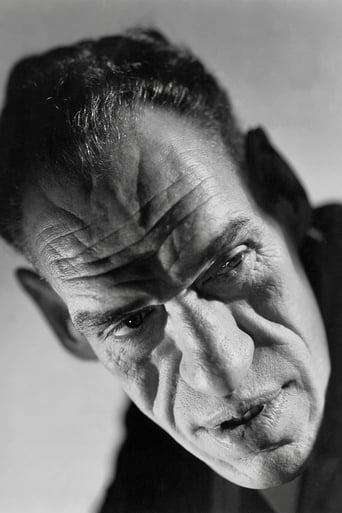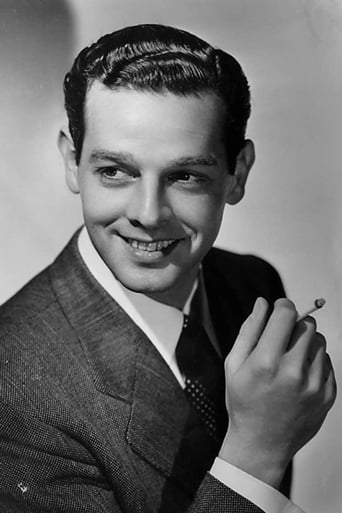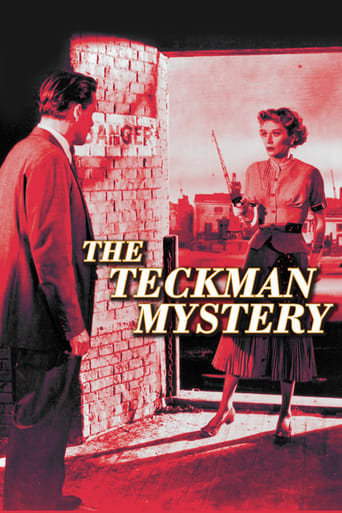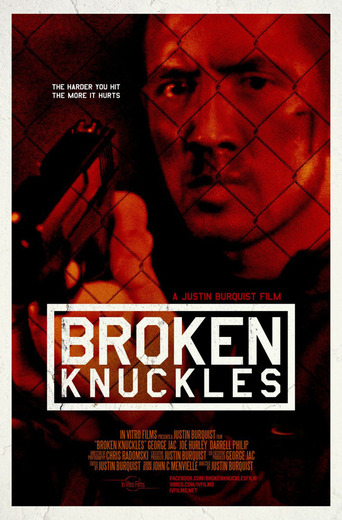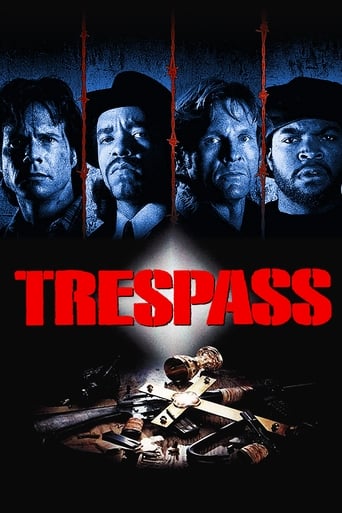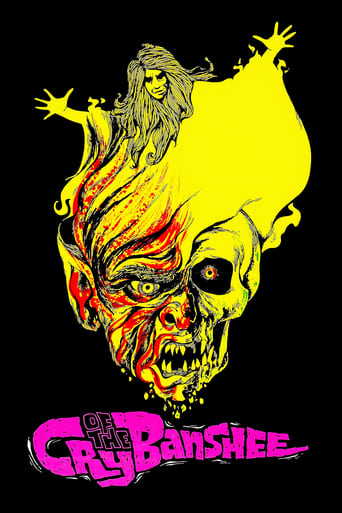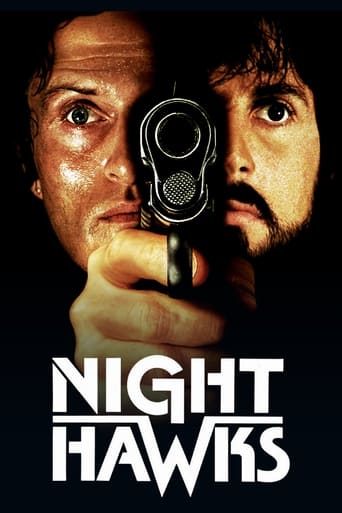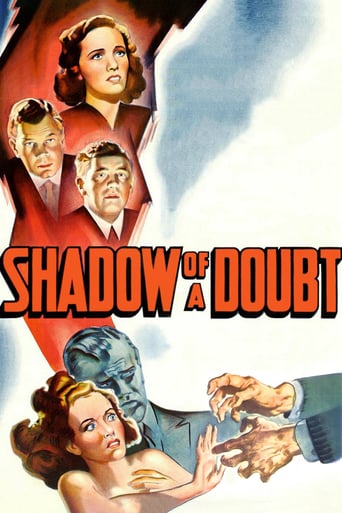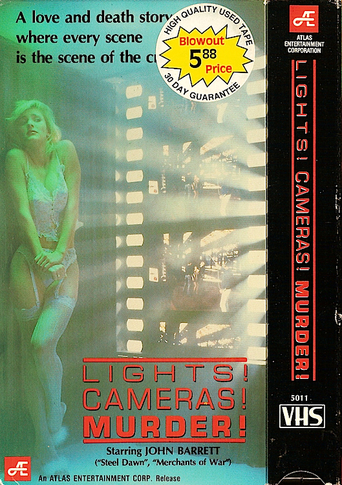
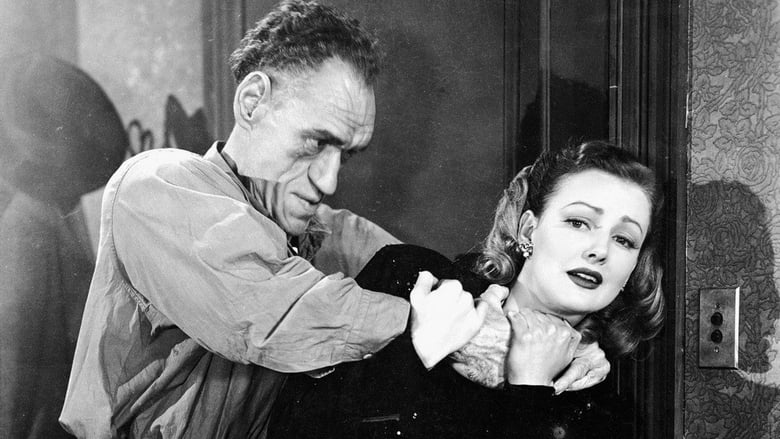
House of Horrors (1946)
An unsuccessful sculptor saves a madman named "The Creeper" from drowning. Seeing an opportunity for revenge, he tricks the psycho into murdering his critics.
Watch Trailer
Cast
Similar titles
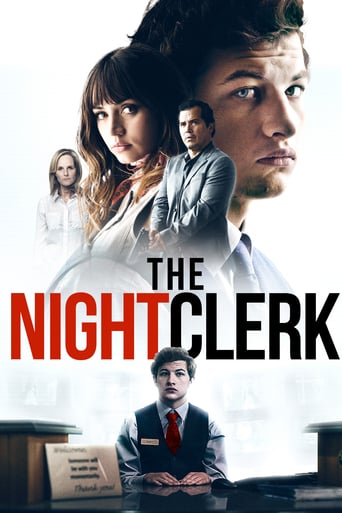
Reviews
The film creates a perfect balance between action and depth of basic needs, in the midst of an infertile atmosphere.
This is a small, humorous movie in some ways, but it has a huge heart. What a nice experience.
Blistering performances.
Each character in this movie — down to the smallest one — is an individual rather than a type, prone to spontaneous changes of mood and sometimes amusing outbursts of pettiness or ill humor.
A man crawls out of the Hudson River as another man contemplates jumping in. Seeing the face of the man crawling up, the suicidal man is inspired for his greatest work of art. Meanwhile, rumors of a serial killer named "the creeper" continue to travel as a prostitute is found with her spine snapped. A friendship of sorts grows between the two men. The artist is Martin Kosleck whose work has been panned by a snooty critic. The other is Rondo Hatton, a simple man of hideous looks and brutal strength who is quickly revealed to be "the creeper", and a tool of the vindictive Kosleck.One of the best later B Universal horror films, this is extremely well plotted, suspenseful and features a way above average script. Kosleck and Hatton are sort of the poor man's Bela Lugosi and Boris Karloff, with Kosleck getting more and more insane, and the pathetic Hatton sort of sympathetic for the child like hurt he feels for society's rejection for his "ugliness". Robert Lowery and Virginia Grey are feisty as an artist and model who are suspects in the critic's murder; Alan Napier, aka " Alfred the Butler" in the "Batman" series is the nasty critic who finds his snappy words the key to his separated spine, with Virginia Christine, the "Folger's" lady, as Hatton's first on screen victim.There's also a bit of comic relief with Bill Goodwin as the wise-cracking detective. Often, the mixture of horror and comedy is either ridiculously silly, an ingenious spoof, or off center in its Jekyll and Hyde personality. This is one film where it all works, causing me to highly praise it as being an excellent example of B films at their best.
1946's "House of Horrors" was a staple of Pittsburgh's Chiller Theater, hosted by Bill 'Chilly Billy' Cardille, no doubt because of its inclusion in the popular SHOCK! package of vintage Universal titles first released to television in the late 50s. It was also Bill Cardille who introduced me to Martin Kosleck's "The Flesh Eaters," his ability to play cold blooded Nazi villainy on full display, although the actor himself fled the Hitler regime for America by the late 30s. He achieved a kind of lasting stardom only at Universal, from 1944 to 1946, with this film in particular standing out as his finest hour in Hollywood. The so-called house of horrors (shooting title "Murder Mansion") is the dimly lit studio of starving sculptor/artist Marcel De Lange, so poor that he must borrow bread and cheese from a neighbor. When a potential sale of $1000 (for a statue called "Circes from Troy") is dashed by smug, self satisfied critic F. Holmes Harmon (Alan Napier), Marcel decides to end his life at the waterfront, only to rescue a drowning man later identified as The Creeper (the immortal Rondo Hatton), a dull witted fiend notorious for snapping the spines of his victims (usually pretty girls). Unconcerned about his newfound model's true identity, Marcel begins what he fittingly describes as his 'deathless masterpiece,' certain that the long overdue acclaim denied him will finally come his way. The morning after the Creeper stalks out into the night and murders a streetwalker (Virginia Christine), Marcel hardly bats an eye, surreptitiously planting the seeds of vengeance in the killer's mind, against the critics who routinely mock him as the laughingstock of New York art circles, with even the insufferable, smarmy girl newshound (Virginia Grey) referring to Marcel as a 'harmless little screwball.' This fairly decent buildup pretty much falls to the wayside a third of the way in, as the film shifts its focus from the 'villains' to the 'heroes,' about as thoroughly nasty a bunch of detestables as any viewer is likely to find. We soon start rooting for the bad guys to kill off as many of them as possible, surely not the intention of the filmmakers! The credits 'introduce' Hatton as The Creeper (September 1945), but the character had made one prior appearance in the 1944 Sherlock Holmes feature "The Pearl of Death," and would make a third in "The Brute Man," Hatton's final film, a prequel to "House of Horrors," completed in November 1945 (the actor died February 2 1946, before either saw release). His physical presence is certainly impressive, but his delivery of dialogue far less so, but it must be said that the cringe worthy lines scripted here must rank with some of the all time worst. Listening to the nominal leads discuss thumb twiddling may perhaps be the absolute nadir, but Kosleck's Marcel is fortunately spared the indignity. Director Jean Yarbrough, best remembered for 1940's "The Devil Bat," and helming all 52 episodes of the Abbott and Costello TV series, does what may be his finest genre work, especially in regards to Marcel's pet cat, ever faithfully following him from kitchen to studio in scene after scene (quite an achievement considering what was probably no more than the usual 12 day shooting schedule). The climactic tussle has the artist trying to stop the killer from destroying his likeness, framed before the staircase, from which the cat comes charging down the steps, nestling in the hand of its now dead master (cat fanciers rejoice!). Martin Kolseck fondly recalled his work on the picture (and his happy times at Universal), never once crossing the line that would lose the audience's sympathy, and the touching opening between man and pet sets the proper tone for the duration of the film. A nice tribute to an actor who made a career out of playing Goebbels on screen, as well as other menacing Nazis. "House of Horrors" aired an impressive seven times on Pittsburgh's Chiller Theater: Dec 11 1965 (following 1959's "Battle in Outer Space"), June 3 1967 (following 1959's "Horrors of the Black Museum"), Jan 18 1969 (following 1963's "The Last Man on Earth"), Mar 15 1975 (first of a rare triple bill, followed by 1940's "The Invisible Woman" and 1944's "The Frozen Ghost"), Dec 20 1975 (following 1969's "Journey to the Far Side of the Sun"), Feb 26 1977 (following 1971's "Point of Terror"), and June 10 1978 (following 1959's "The Leech Woman").
In 1944, a strange looking actor (apparently as a result of an incident during The Great War in which his face was deformed) called Rondo Hatton made a film called The Pearl of Death (a part of the successful Sherlock Holmes series) where he played a murderer named 'The Creeper'. Apparently, Universal studios thought this character was too good for just a single outing and so obviously decided to make another film with the same actor playing the same character (and with a bigger role) and what we get is House of Horrors. The film features what would have to be described as a rather tame plot line; especially when compared to Universal's best films; such as Frankenstein and Dracula. The plot focuses on a sculptor who is dismayed by the way that critics lambaste his best works. His fortune changes one day when he rescues a man from drowning. He later discovers that this man just happens to be a murderer that the police are calling 'The Creeper', and he soon hatches a plan to have his new found friend murder his critics...The main standout of the film is undoubtedly the presence of Rondo Hatton; although the performance is rather tragic considering the disease he had that made him deformed. The role and the film really exploit this, which is rather sad. The lead actor is Martin Kosleck and he delivers a performance that doesn't quite fall short of ridiculous and its rather hard to take seriously; although it is at least entertaining. The plot is not played out with any real style and the film does feel a bit stagnant. Director Jean Yarbrough doesn't really offer much in the way of suspense and intrigue and as such we're left with just the plot to keep us interested; which the film doesn't always manage. It's always rather predictable where it's going and unfortunately the film doesn't offer much in the way of surprises. Universal horror will always be remembered as the creators of some of the best horror ever made; but I very much doubt that House of Horrors will get a mention next to their classic films of the thirties. The film is not a complete dead loss but it's not a classic either.
The peculiar charisma of Martin Kosleck brings a certain believability to his character of the frustrated artist. He imbues his dialog with an odd sense of realism, making the sculptor Marcel a convincing individual. The character manages to come across as a real person and not so much a typical B movie villain.The story line is nothing to write home about, and many scenes are dull. What makes it work is the strange chemistry between Kosleck and Rondo Hatton as the Creeper. Kosleck's talkative, philosophical character is contrasted with Hatton's low key, monosyllabic approach. The character of the Creeper isn't developed much beyond a basic monster level, but Hatton suggests undeveloped possibilities and makes you wonder about his back story.This movie was on Shock Theater a lot when I was a kid, so I have a certain nostalgic fondness for it. It's worth seeing once, anyway, for those who enjoy Forties horror movies.
